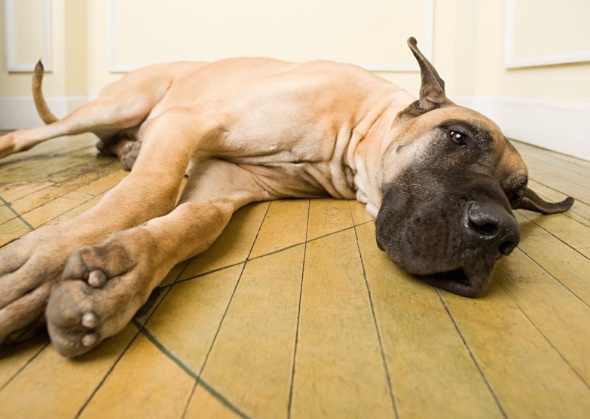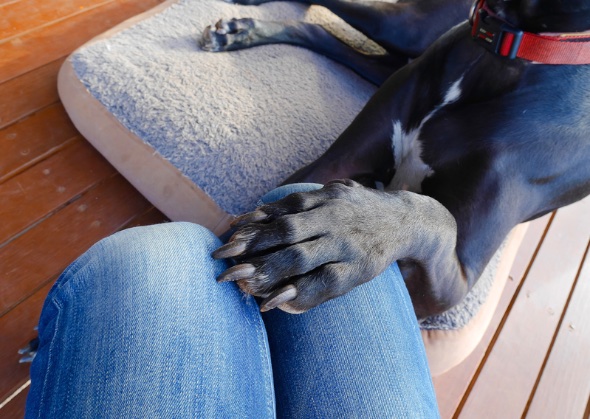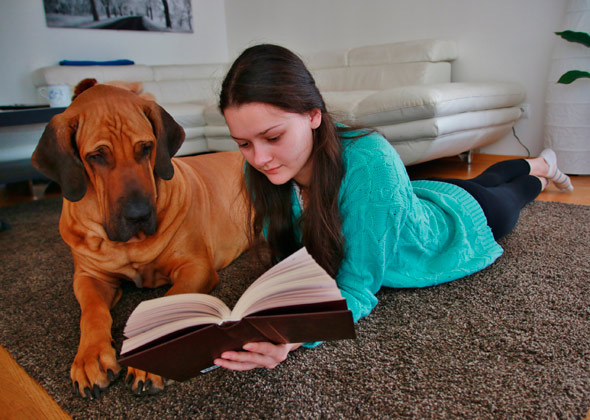7 Myths You Shouldn’t Believe About Big Dogs
Published on July 06, 2016
Skip To
Many people are intimidated by large dog breeds — often because of their preconceived notions about them. After all, big dogs can’t live in apartments and tend to be overweight and they’re not good with kids. Right? Not necessarily.
We certainly don’t want you to lose out on the love a big dog can offer, so we’re ready to help dispel some of the most common falsehoods about them. Check out the gallery below to learn the truth about these gentle giants.
More on Vetstreet:
We certainly don’t want you to lose out on the love a big dog can offer, so we’re ready to help dispel some of the most common falsehoods about them. Check out the gallery below to learn the truth about these gentle giants.
More on Vetstreet:












